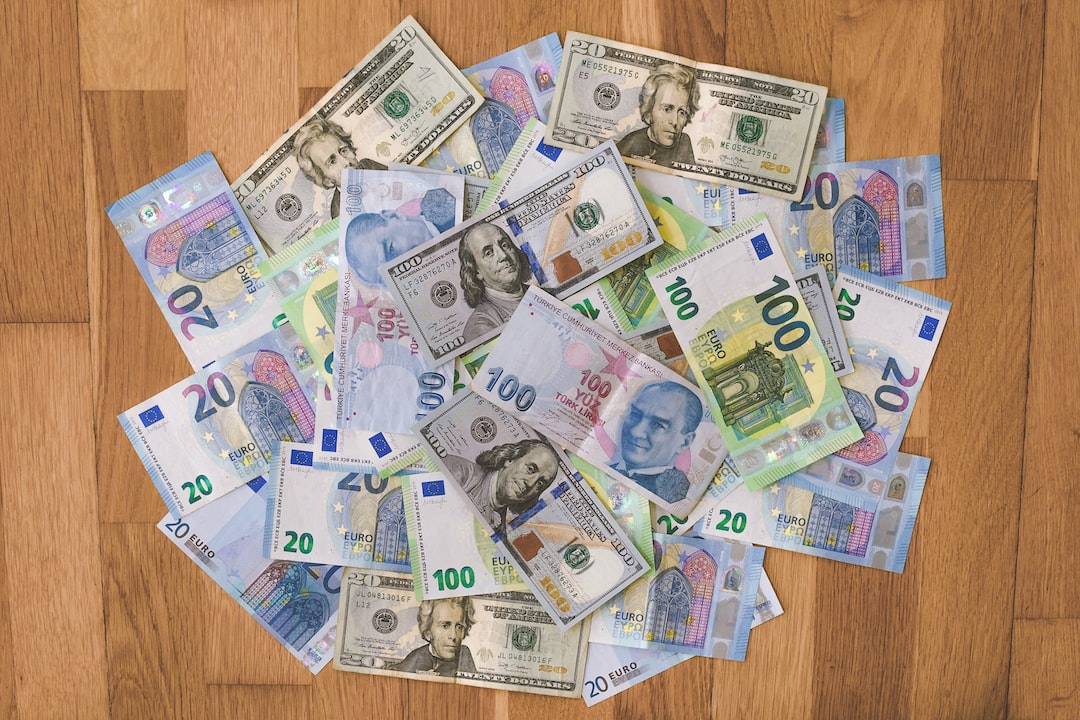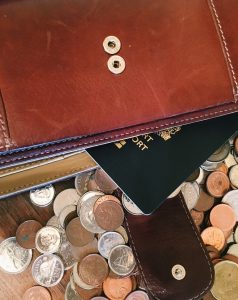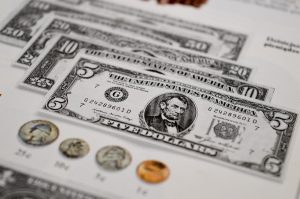When trading forex, one of the most important decisions that traders must make is how many units to buy or sell. This decision has a significant impact on the potential profits and losses of the trade, as well as the amount of margin required for the position. In this article, we will explore the factors that traders should consider when deciding how many units to buy or sell forex.
Firstly, it is important to define what a unit is in forex trading. A unit, also known as a lot, is the standard measure of trade size in forex. The size of a lot varies depending on the currency pair being traded and the broker being used. The most common lot sizes are:
– Standard lot: 100,000 units
– Mini lot: 10,000 units
– Micro lot: 1,000 units
When deciding how many units to buy or sell forex, traders should consider their risk management strategy. This involves determining the maximum amount of capital that they are willing to risk on the trade, as well as the stop loss level and the target profit level. Once these parameters have been established, traders can calculate the appropriate position size using a formula called the position sizing formula.
The position sizing formula takes into account the trader’s account balance, the risk percentage per trade, and the distance between the entry price and the stop loss level. The formula is as follows:
Position size = (account balance x risk percentage per trade) / (distance between entry price and stop loss level)
For example, if a trader has an account balance of $10,000 and is willing to risk 1% on a trade with a stop loss of 50 pips from the entry price, the position size would be:
Position size = ($10,000 x 0.01) / 50 = $2 per pip
If the trader is trading the EUR/USD currency pair, which has a standard lot size of 100,000 units, this would equate to a position size of 20 mini lots (200,000 units).
Traders should also consider the volatility of the currency pair when deciding how many units to buy or sell. Highly volatile currency pairs, such as the GBP/USD or the USD/JPY, can experience large price swings in a short period of time. This means that traders may need to adjust their position size to account for the increased risk.
In addition, traders should consider the margin requirements of their broker. Margin is the amount of money that the trader must deposit with the broker in order to open and maintain a position. Brokers typically require a certain percentage of the position size as margin, which varies depending on the currency pair being traded and the broker being used.
For example, if a trader is using a broker that requires a margin of 2% for the EUR/USD currency pair, and the trader wants to open a position size of 20 mini lots (200,000 units), the margin required would be:
Margin = position size x margin percentage = 200,000 x 0.02 = $4,000
Traders should ensure that they have sufficient margin in their account to cover the position size that they want to trade. If the margin requirements are too high, traders may need to reduce their position size or find a broker with lower margin requirements.
In conclusion, when deciding how many units to buy or sell forex, traders should consider their risk management strategy, the volatility of the currency pair, and the margin requirements of their broker. By taking these factors into account, traders can make informed decisions about their position size and maximize their potential profits while minimizing their risk.





